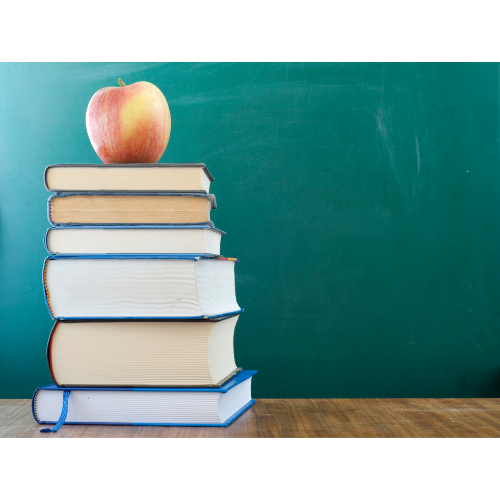Research shows that children learn best through repetition, making it ideal to provide at least two personal safety lessons. However, we understand that school schedules often make this challenging. To help reinforce key concepts, ICPYAS is providing “mini-lessons” for teachers and parents/caregivers to use with their students. We encourage teachers to use any of the mini-lessons 1–2 weeks after ICPYAS programming. using the ChildHelp activities found on this page.
The ChildHelp curriculum aligns with both Common Core and National Health Education Standards, ensuring that these activities support academic goals while keeping students safe.
Thank you for your dedication to protecting the children in your classrooms and empowering them with the knowledge to stay safe.
It’s My Body!
Recommended for preK and kindergarten students, this activity is designed to help our youngest learners remember and practice the personal safety rule - It’s My Body - introduced during the ChildHelp program. Using the ChildHelp “It’s My Body” printable or a simple drawing activity along with the sample script, students reflect on what makes them special, learn that their bodies belong to them, and identify the parts of the body that are private and should be protected. Through discussion, movement, and creative expression, children build confidence in knowing how to respond if they feel unsafe. These lessons support early understanding of personal boundaries in a positive, age-appropriate way.
Safe Adults
This activity helps 1st graders understand the importance of identifying and talking to safe adults—trusted people who listen, care, protect, and help them feel safe. Building on the 5 Safety Rules learned during ICPYAS programming, students focus on “Ask an Adult if I Am Safe” and “Tell Someone,” practicing how to seek help when something doesn’t feel right. To reinforce the lesson, students create a thank-you card for one of their safe adults, showing appreciation while strengthening their connection to their personal safety network. This activity aligns with National Health Education Standard 6.2.3.
Safe and Unsafe Secrets
This activity - recommended for 2nd graders - teaches students how to recognize the difference between safe secrets and unsafe secrets. Building on the 5 Safety Rules learned during ICPYAS programming, students practice deciding when a secret should be kept and when it must be shared with a safe adult. Through interactive examples, games, or independent work, they strengthen their ability to make safe choices and seek help when needed. This activity aligns with National Health Education Standard 6.2.6.

